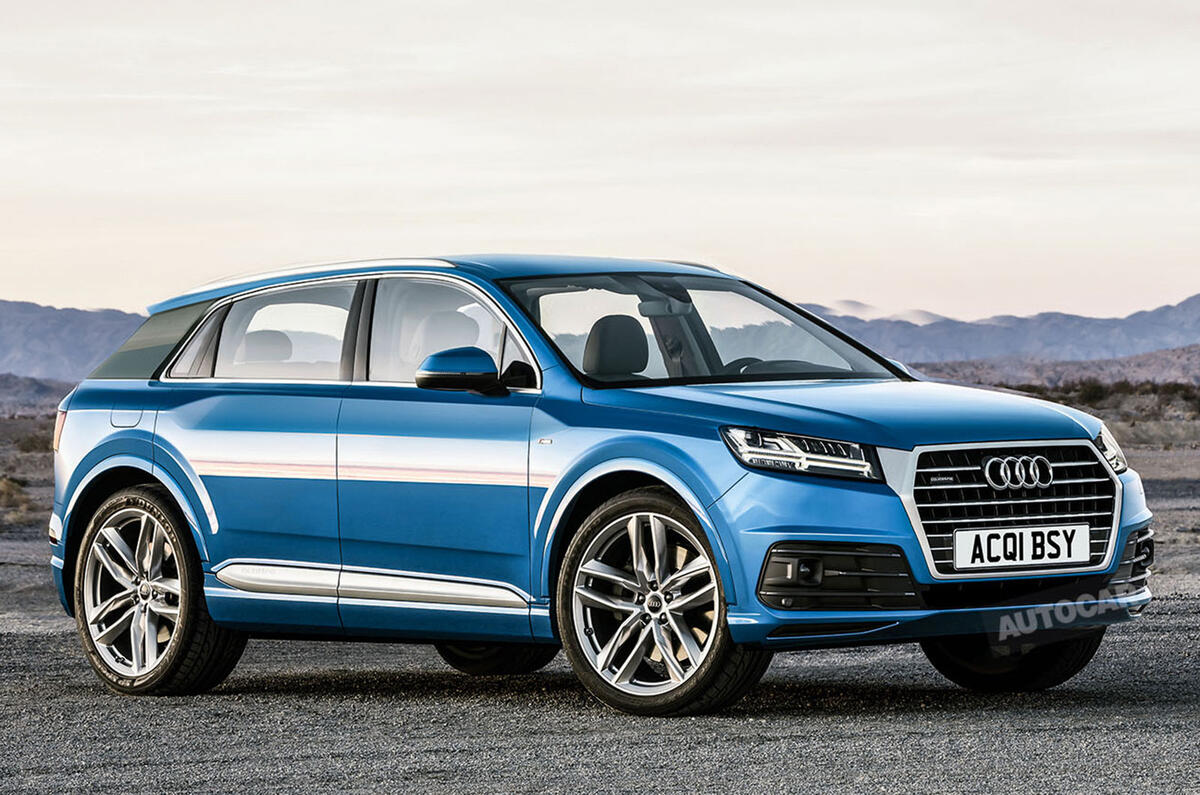The Volkswagen Group is set to boost its presence in the booming compact SUV market with new models from each of its volume brands.
New five-seat SUVs will be sold by the group’s Audi, Seat, Skoda and Volkswagen brands. The SUVs will share their basic underpinnings but take differing guises. They will rival the likes of the Mazda CX-3, Nissan Juke and Vauxhall Mokka in what has become one of Europe’s most lucrative market segments.
The various new SUV models have been conceived to sit below the Audi Q3, production version of the Seat 20v20 concept, Skoda Yeti and Volkswagen Tiguan. They will be priced to start from between £14,000 and £20,000 and be offered with the choice of either front or four-wheel drive.
This move by the Volkswagen Group will further increase its reliance on the widely used MQB platform and aim to bring greater economies of scale to its global production activities.
The strategy is similar to that used by Audi, Seat, Skoda and Volkswagen with their price-sensitive A1, Ibiza, Fabia and Polo models, with each relying on a common platform, driveline and electronic matrix.
The spearhead for the Volkswagen Group’s compact SUV offensive is the upcoming Audi Q1. Scheduled to make its public debut at the Geneva motor show next March, it will precede similar-sized but lower-priced models from Seat, Skoda and Volkswagen, each with their own, distinct exterior and interior designs.
The starting point for the Q1 and its siblings is the short-wheelbase MQB platform, as used by the three-door Audi A3. It uses a 2601mm wheelbase, compared with the 2637mm wheelbase of the five-door A3. Audi engineers involved in the Q1’s development say its suspension has been developed to accept wheels of up to 19in.
Among the engines planned for the new baby SUVs is a range of three-cylinder and four-cylinder petrols and diesels ranging in capacity from 1.0 to 2.0 litres. They will be mated to either a six-speed manual or a seven-speed dual-clutch automatic gearbox.
The Audi and Volkswagen versions will also be offered with a plug-in-hybrid powertrain similar to that used by the A3 e-tron and Golf GTE. This will provide them with an electric zero-emissions range of up to 31 miles.
The VW Group’s new SUVs are expected to have similar dimensions to the Volkswagen T-Roc concept that was wheeled out at the 2014 Geneva show, at about 4200mm long, 1830mm wide and 1500mm tall.
Comment - John McIlroy: Rivals are setting out their stalls first





Join the debate
Add your comment
Autocar image
@sirwiggum @revoknucklehead
SUVs and lifestyle estates
@orangewheels